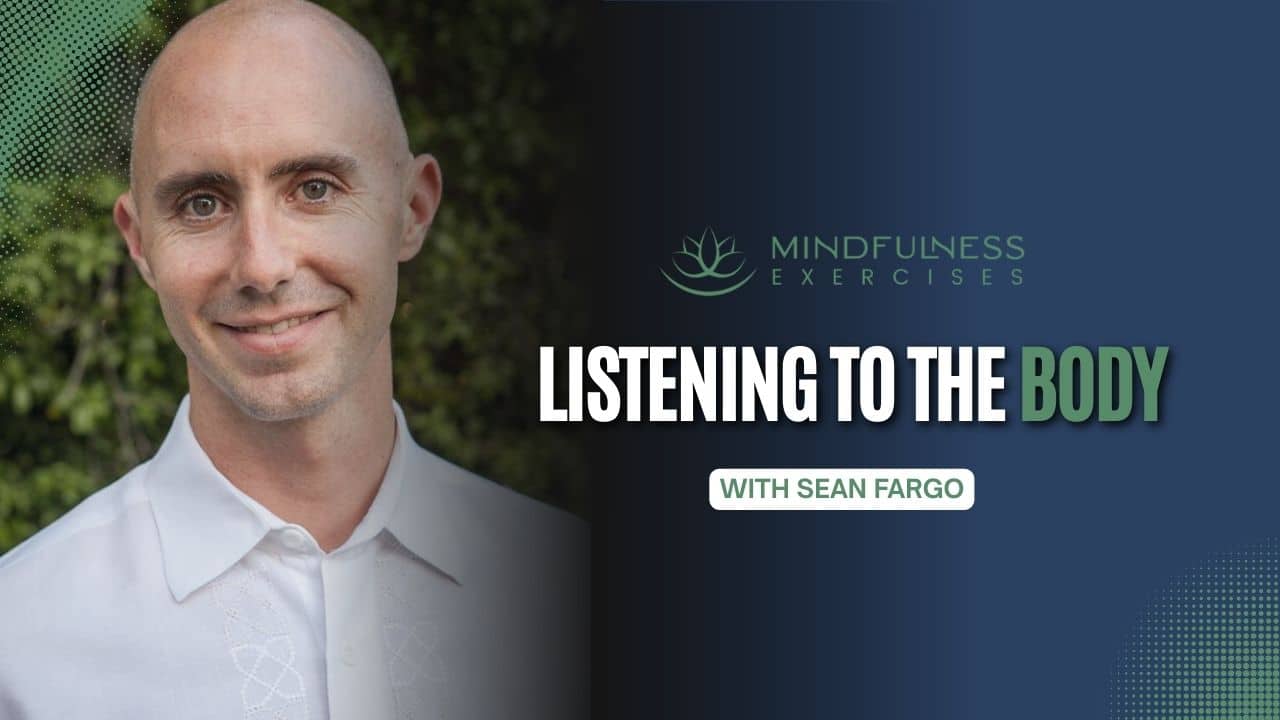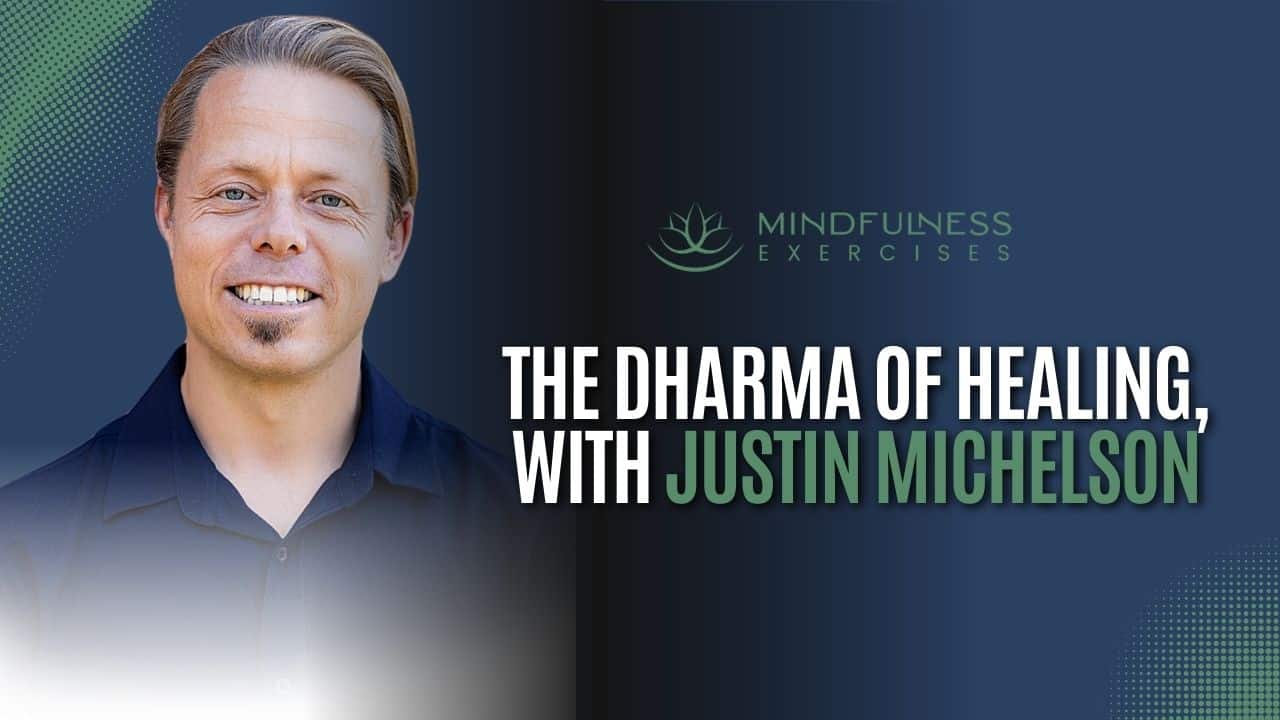Listen now

In this insightful episode, Sean Fargo shares guidance on how to structure mindfulness retreats that support both beginner and experienced meditators. Drawing from a live retreat dialogue, Sean explores how to find the right balance between instruction and space, structure and spontaneity—especially when retreat participants come from a variety of backgrounds and comfort levels.
Whether you’re facilitating your first retreat or refining your teaching approach, this episode invites you to reflect on how to create safe, accessible, and deeply nourishing retreat environments that meet people where they are.
Sponsored by our Mindfulness Meditation Teacher Certification Program
MindfulnessExercises.com/Certify
What You’ll Learn in This Episode:
Show Notes:
How to support beginners without overwhelming them with information
New meditators often arrive with anxiety, misconceptions, or fear that they’re “doing it wrong.” Sean explains that even a few well-chosen sentences or a simple whiteboard outline can ease those fears. Gentle reminders that there’s no perfect way to meditate—and that busy minds are welcome—can help students feel at ease, even in silence.
Why simple, foundational practices benefit everyone—even advanced students
Experienced meditators don’t need novelty—they benefit from returning to the basics with fresh awareness. Sean shares how introductory mindfulness teachings can serve as powerful reminders, no matter how many years someone has been practicing. When we meet each moment with newness, even familiar instructions feel alive and meaningful.
How to meet self-judgment and the inner critic with compassion
Many retreat participants struggle with inner criticism and feelings of failure. Sean shares approaches to normalize and address these experiences through gentle inquiry: Where is that judgment felt in the body? Can we meet it with tenderness? Using self-compassion practices and visible reminders like posters can help soften this inner dialogue for everyone.
How to speak from presence, not performance, as a retreat leader
Sean encourages teachers to begin retreat sessions not with performance or theory, but with presence. By grounding themselves in their own body and breath, teachers can tune into the tone of the room and model mindfulness in real time. This authenticity helps students relax and trust the container you’re creating.
Flexible retreat formats that serve both accessibility and depth
From short daylongs to online weekend retreats, Sean shares how to structure experiences that are logistically manageable yet spiritually meaningful. He encourages building in unstructured time for silence, rest, or walking meditation, and reminds us that less is often more—people remember how they felt, not how much they learned.
Practical tips for managing retreat dynamics and emotional intensity
Retreats can bring up deep emotions. Sean recommends clear ground rules, multiple points of contact, and pre-retreat interviews to support psychological safety. Whether you're teaching solo or with a team, preparation helps you create an environment where people can be with whatever arises, with care and containment.



